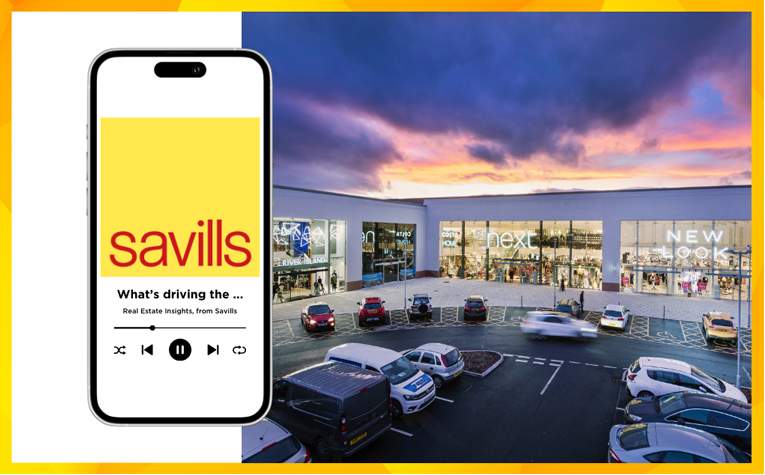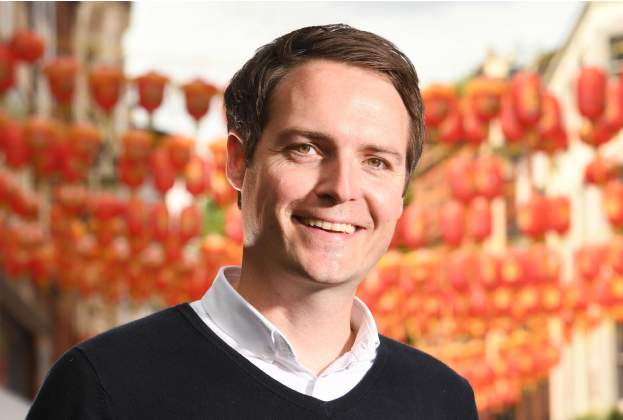As both online and physical retail continue to expand, consumers are placing greater emphasis on sensory-rich shopping experiences as a point of difference. It’s a trend that’s fuelling demand for in-store shopping, and it’s gaining momentum as more customers buy into it.
Sensory experiences demonstrate strategic marketing approaches aimed at fostering customer engagement and extending interaction times. By offering unique and immersive experiences, such as in-store events or exclusive activities, brands aim to create memorable moments that transgress traditional transactions. These experiences help customers form lasting associations and enhance their emotional connection with the brand, encouraging repeat visits and purchases, and ultimately driving customer loyalty and long-term brand success.
Additionally, these experiences are being designed to generate substantial social media exposure, tailored for image-led platforms like Instagram and TikTok. By creating visually appealing and shareable moments, brands encourage user-generated content, amplifying their visibility across social media channels and attracting new audiences.
The rise of experiential retail and sensory experiences offered by retailers can generally be grouped into three dominant categories: health and wellbeing, food and beverage and personalisation and amendments.
Health and wellbeing
Driven by the ongoing emphasis towards health and wellbeing, brands are increasingly incorporating experiential offerings, in which existing and potential customers can participate in sporting and leisure activities hosted by the brand. In this sub-sector, numerous run clubs are now available, which start and finish at athleisure stores, including Gymshark, Free People, Nike, Hoka and On. The potential for increased footfall, brand awareness and community-driven events has been recognised outside of the athleisure sector, with coffee shops and bars similarly hosting run clubs that start and end at their sites. Experiences are not limited to run clubs, with Lululemon offering in-store yoga classes and Rapha offering club rides from their stores.
Food and beverage
Luxury fashion retailers have begun offering food and beverage experiences, including Tiffany’s Blue Box Café in London and Prada’s instore café in Harrods. This trend is being utilised in other retail sectors, with toy retailer Lego infiltrating the F&B market through its MINI CHEF concept at Lego House in Denmark; a restaurant in which you build your meal using Lego bricks, and scan your design for the actual meal to be prepared for you.
Personalisation and amendments
Personalisation and amendments are similarly a key element emerging from experiential retail, as brands attempt to gain direct interaction from customers and increase sales through a personalised experience.
Soft toy retailer JellyCat launched its fish and chips experience in Selfridges, London to mark the summer, which allowed visitors to discover a range of exclusive Jellycat characters available for a limited time in-store, with the exclusivity of these products generating hype and drawing customers to stores. This was followed by its pâtisserie experience in Paris in July, where customers could purchase further limited edition characters, and receive them in a patisserie box echoing a Parisian bakery.
Other examples of personalisation include Converse’s introduction of stores where customers can customise trainers with personalised themes and embellishments by local artists, whilst certain Uniqlo branches allow consumers to design their own t-shirts and bags, alongside embroidery customisation for pre-owned items. Their Re.Uniqlo studio concept in which customers can have items mended, remade or recycled is also planned to be introduced to all UK stores by the end of 2024.
Once solely transactional spaces, bricks and mortar stores have far surpassed their original function, now showcasing brand identity and offering unique interactions geared to engage customers on a deeper level.

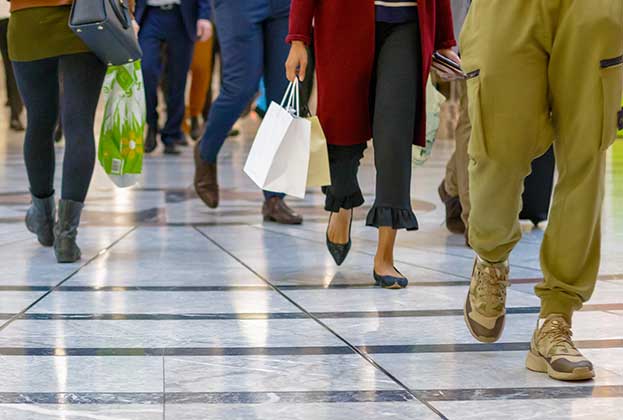
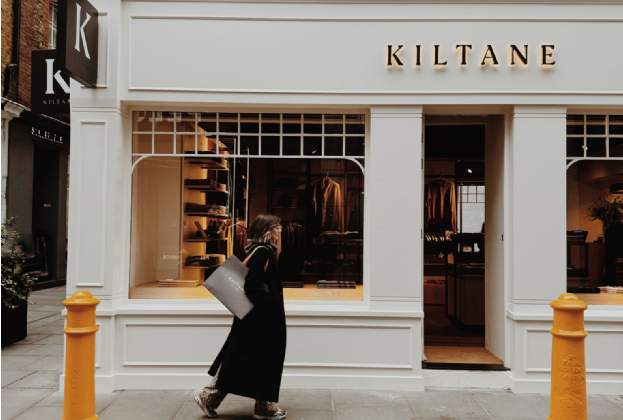
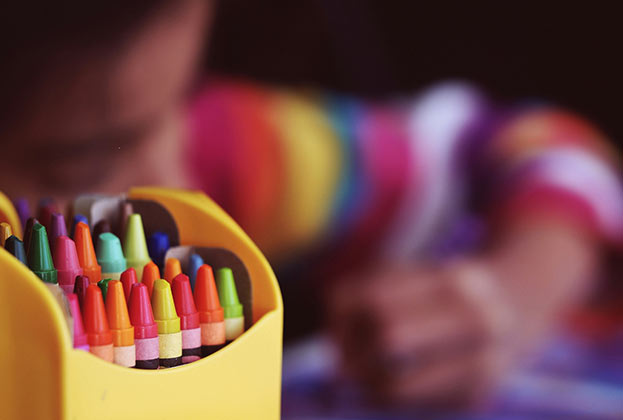

.jpg)



